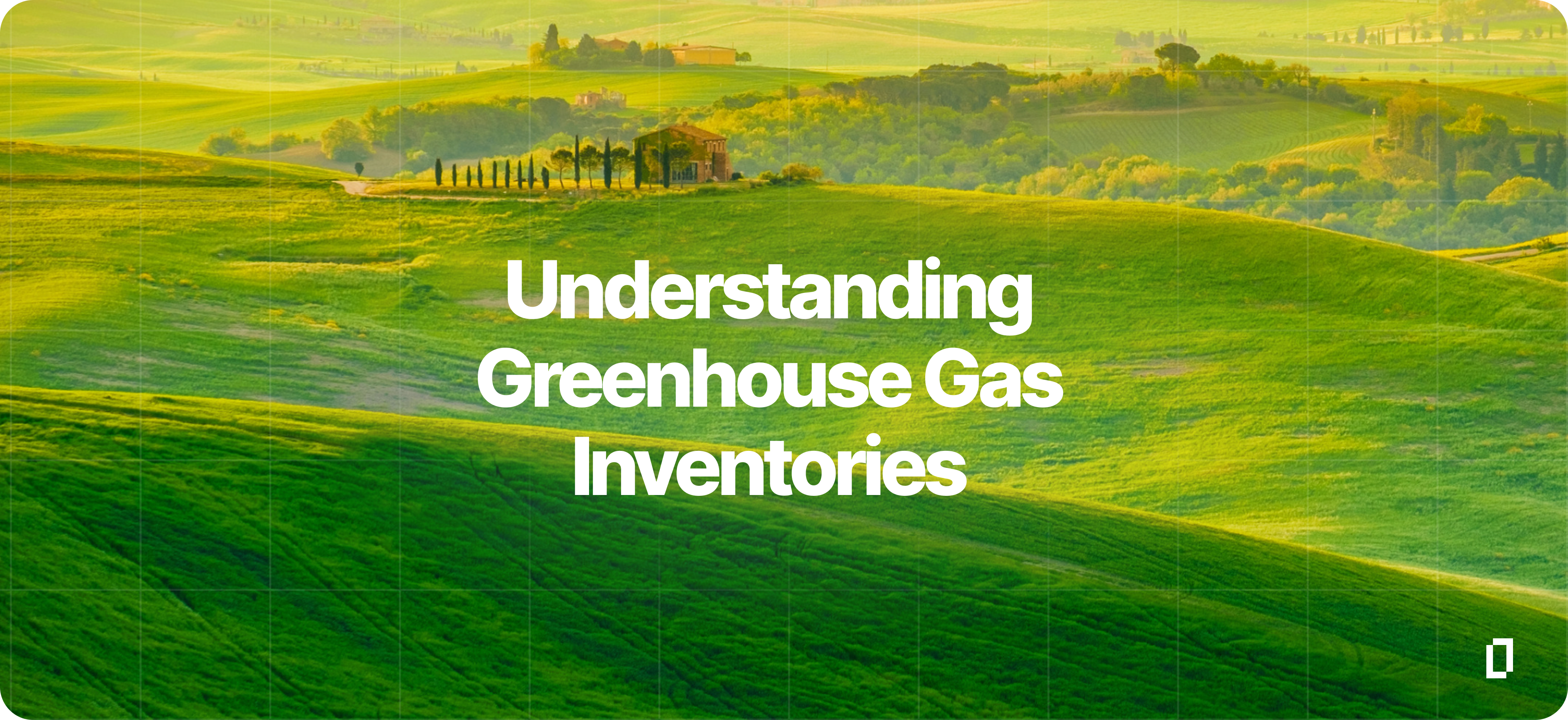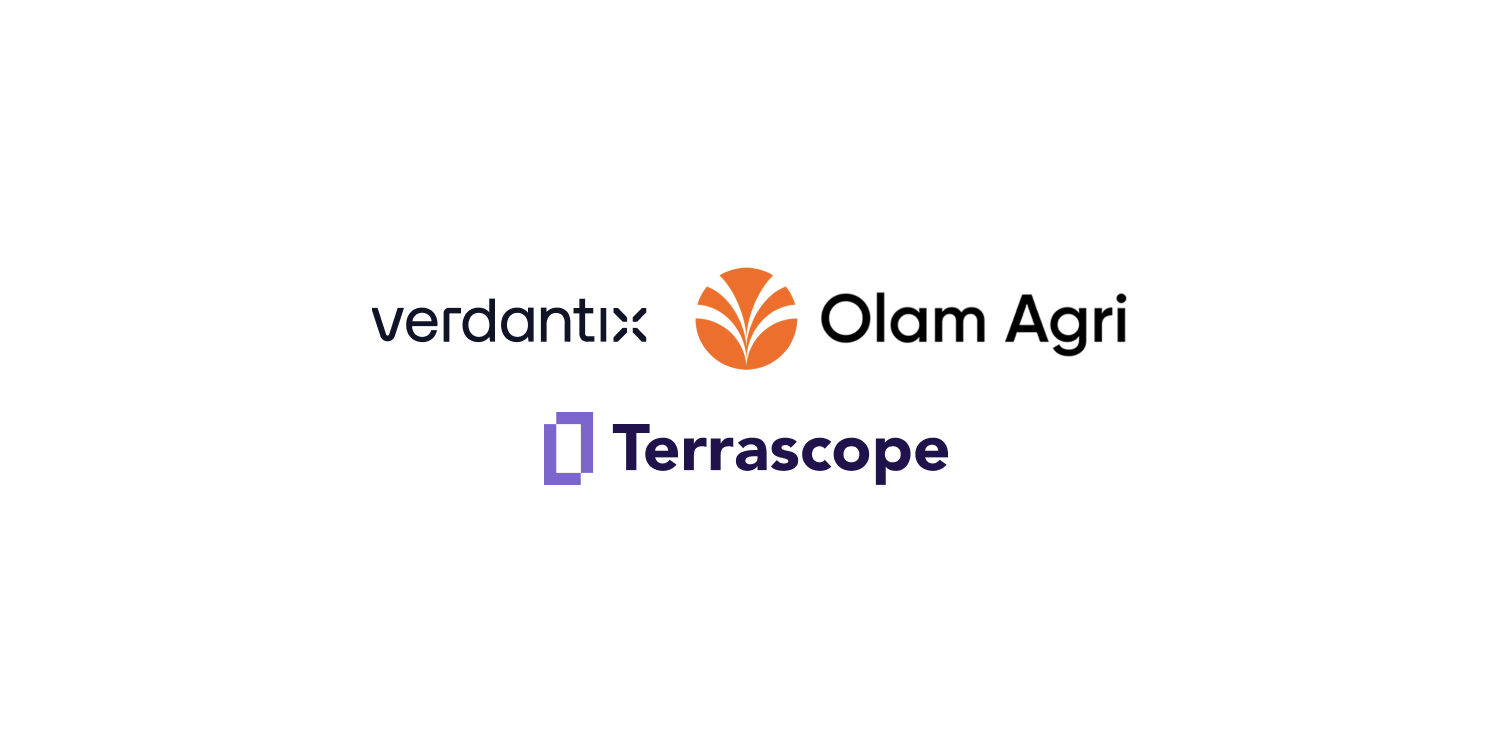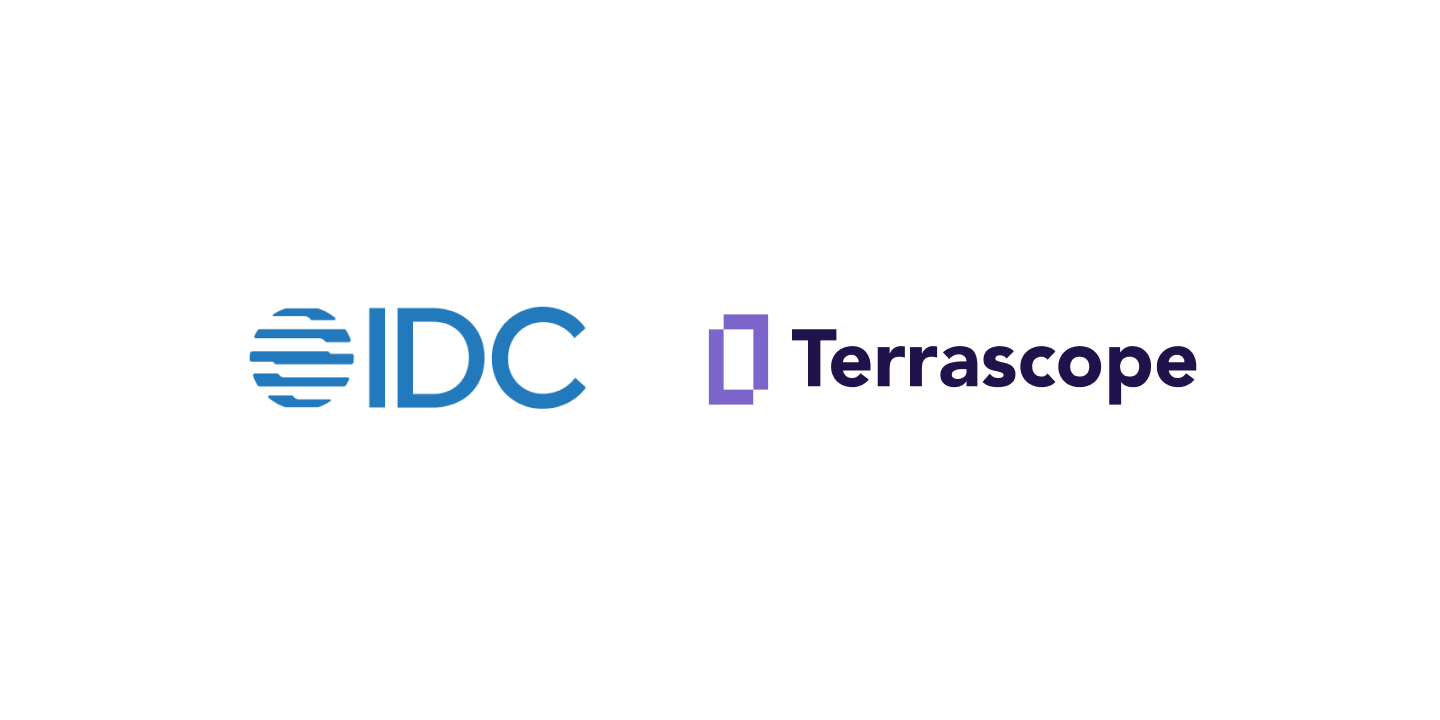Here's how you can determine the boundaries of your GHG inventory.
Organisational and operational boundaries are fundamental concepts that outline key characteristics of any GHG inventory. They help both internal and external stakeholders in addressing important queries related to corporate GHG emissions tracking.
Organisational boundary
An organisational boundary delineates the extent of a company's responsibility for measuring and reporting GHG emissions. It considers whether the company is part of a larger corporate structure such as an umbrella company or a subsidiary, and distinguishes between equity (ownership of assets) and control (ability to influence emissions-producing activities). This ensures transparency in GHG accounting, especially in complex organisational structures involving subsidiaries, investments, partnerships, and joint ventures.
This boundary also describes the consolidation approach taken to determine emissions are included in the company's GHG inventory. Here are 2 consolidation approaches a company can adopt:
1. Equity share approach
Under the equity share approach, a company accounts for GHG emissions from operations according to its share of equity in the operation. E.g. Company A has investments in 50 businesses, all at 25% equity. The company accounts for 25% of all emissions from these 50 businesses.
Usually, the equity share matches the company’s ownership percentage. If not, the actual economic relationship between the company and the operation takes priority over legal ownership to ensure the equity share reflects the true economic interest. When preparing the inventory, always check with the company’s accounting or legal staff to confirm the correct equity share for each joint operation.
2. Control approach
Under the control approach, a company accounts for 100% of GHG emissions from operations over which it controls, either financially or operationally. It does not account for GHG emissions from operations in which it has no control of.
- Operational control
Operational control is the most common consolidation approach taken. It means having direct influence and decision-making power over the day-to-day activities of an entity, even if entity does not have majority equity in the company.
Example
Company B operates a factory owned by a parent company. It has investments in other companies that supply materials to them. Under the operational control approach, Company B will report all emissions produced in its operations under Scopes 1 and 2. If they do not have operational control over their investments, emissions from their investments are excluded from Scopes 1 and 2, but fall within Scope 3.
- Financial control
Financial control refers to having a significant financial influence or ownership over an entity, such as a subsidiary or investment. It means that even if you don't directly run the day-to-day operations of that entity, you have the power to make financial decisions that can affect its activities and emissions.
Example
Company C is a majority shareholder in Company D which mostly runs Company C’s logistics operations. Company C also invested in Company E but has no control over its operations. Company C will report 100% of emissions produced by Company D under Scope 2. Emissions from Company E are excluded from Scope 2, but fall within Scope 3.
Operational boundary
Once the organisational boundary has been established, companies will need to set their operational boundaries. This involves identifying, classifying, and categorising emissions sources within your value chain.
- Identify relevant sources
Companies should conduct a thorough review of their operations within and outside of their premises and across their value chain to ensure no potential emissions sources are overlooked. This step requires a holistic view of the company's activities. - Classify sources appropriately
Direct emissions encompass those that arise directly from the company's own activities. Indirect emissions result from activities that the company influences or controls but does not own. - Categorise according to the GHG scopes
The final step in setting operational boundaries involves categorising these emissions sources within the 3 established GHG Scopes.
As your company's collection becomes more intricate and extensive, it is useful to consider using an ERP system to effectively manage and streamline your data.



